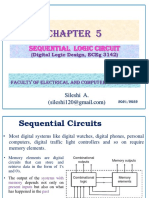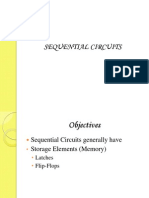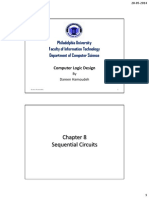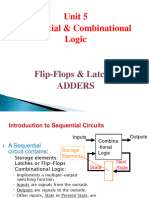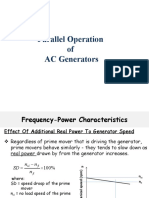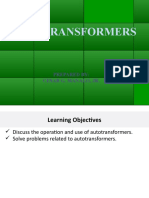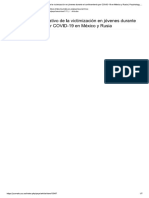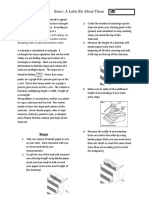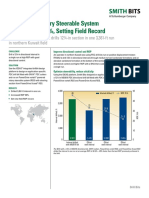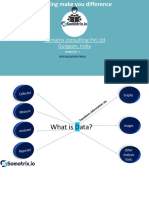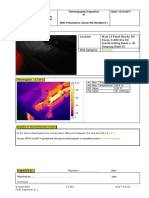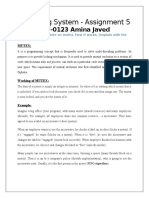0% found this document useful (0 votes)
46 views27 pagesSynchronous Sequential Circuit - Part 1
The document discusses synchronous sequential logic and flip-flops. It defines sequential circuits and their components. It describes different types of sequential circuits, inputs, latches, and flip-flops including their symbols, truth tables, and characteristics. Analysis of clocked sequential circuits using state tables and diagrams is also covered.
Uploaded by
John Patrick CeldaCopyright
© © All Rights Reserved
We take content rights seriously. If you suspect this is your content, claim it here.
Available Formats
Download as PDF, TXT or read online on Scribd
0% found this document useful (0 votes)
46 views27 pagesSynchronous Sequential Circuit - Part 1
The document discusses synchronous sequential logic and flip-flops. It defines sequential circuits and their components. It describes different types of sequential circuits, inputs, latches, and flip-flops including their symbols, truth tables, and characteristics. Analysis of clocked sequential circuits using state tables and diagrams is also covered.
Uploaded by
John Patrick CeldaCopyright
© © All Rights Reserved
We take content rights seriously. If you suspect this is your content, claim it here.
Available Formats
Download as PDF, TXT or read online on Scribd
/ 27










